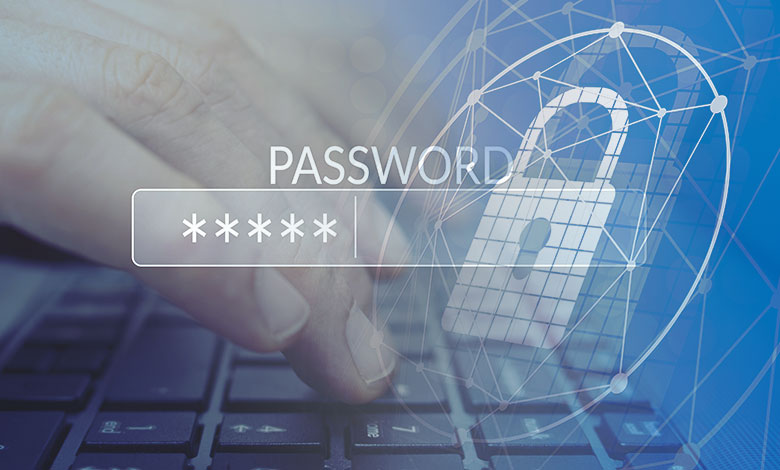In an increasingly interconnected digital world, maintaining robust password hygiene has become a paramount concern. Password management plays a pivotal role in safeguarding sensitive personal and business information from cyber threats. As a leader in the digital age, it is imperative to master the art of password hygiene to ensure the utmost security. In this comprehensive guide, we present the top do’s and don’ts of password management that will empower you to take charge of your online security.
The Importance of Strong Passwords
Setting the Foundation for Security
Creating a strong foundation for your digital security begins with crafting robust passwords. Password management involves creating unique and complex passwords for each of your online accounts. A strong password typically includes a combination of uppercase and lowercase letters, numbers, and special characters. Avoid common words or easily guessable information such as birthdays, names, or dictionary words. The length of the password also plays a crucial role – the longer, the better.
The Do’s of Password Hygiene
1. Do: Use a Password Manager
Utilizing a reputable password management tool can significantly streamline your security efforts. Password managers generate and store complex passwords for all your accounts, alleviating the need to remember them. With encrypted databases, these tools provide an added layer of protection against unauthorized access.
2. Do: Enable Two-Factor Authentication (2FA)
Implementing two-factor authentication adds an extra layer of security to your accounts. By requiring a second form of verification beyond the password, such as a text message or biometric scan, 2FA makes it exponentially harder for hackers to breach your accounts.
3. Do: Regularly Update Passwords
Consistently refreshing your passwords is crucial. Schedule regular password updates for your accounts to reduce the risk of unauthorized access. A proactive approach can prevent potential security breaches and keep your information safe.
4. Do: Educate Yourself and Your Team
If you’re a business owner, it’s essential to educate your team about the significance of password hygiene. Conduct training sessions to raise awareness about password best practices, emphasizing the importance of using strong and unique passwords.
The Don’ts of Password Hygiene
1. Don’t: Share or Reuse Passwords
Refrain from sharing passwords with others, even if they are trusted individuals. Additionally, avoid using the same password across multiple accounts. This practice, known as password reuse, significantly heightens your vulnerability to cyberattacks.
2. Don’t: Fall for Phishing Scams
Cybercriminals often employ phishing tactics to trick individuals into revealing their passwords. Be cautious when receiving unsolicited emails or messages requesting your login credentials. Verify the authenticity of the source before taking any action.
3. Don’t: Store Passwords in Plain Text
Storing passwords in easily accessible locations, such as plain text documents or sticky notes, is a major security risk. Instead, rely on secure password management solutions to store and organize your passwords securely.
4. Don’t: Neglect Software Updates
Regularly updating your devices and software is crucial for maintaining robust security. Hackers often exploit vulnerabilities in outdated software to gain unauthorized access. Keep your operating systems, apps, and security software up to date to stay protected.
Conclusion
Mastering the art of password hygiene is non-negotiable in today’s digital landscape. By adhering to the top do’s and don’ts of password management, you can fortify your online security and protect your personal and business information from potential threats. Embrace the power of strong, unique passwords, leverage password managers, and educate yourself and your team to ensure a secure digital presence.
Remember, safeguarding your online identity is an ongoing process that demands diligence and awareness. Implement these best practices today and set a strong foundation for your digital security.

